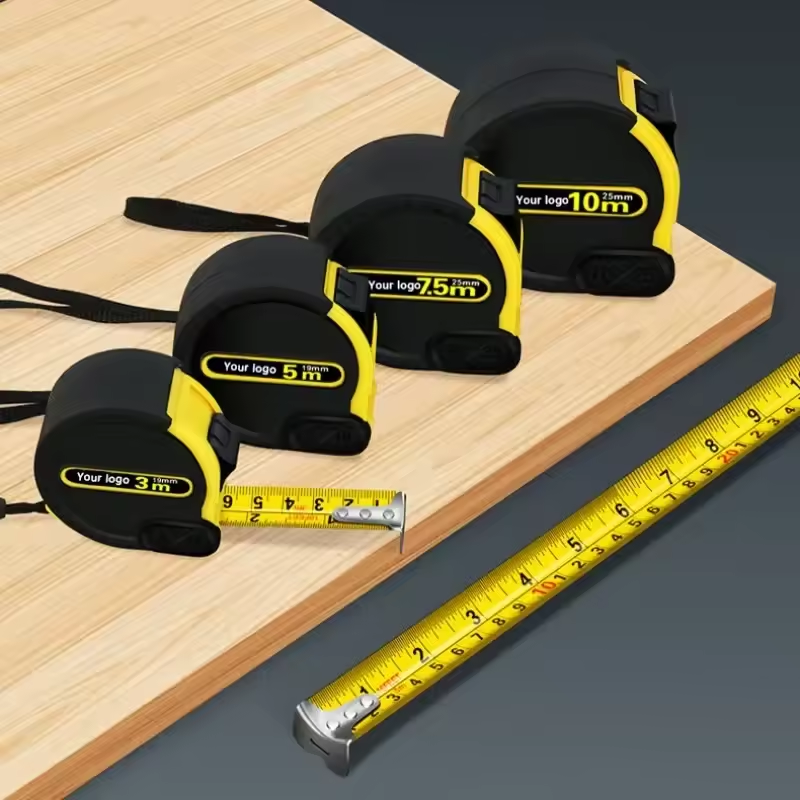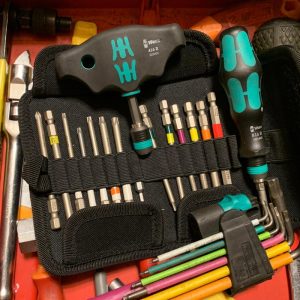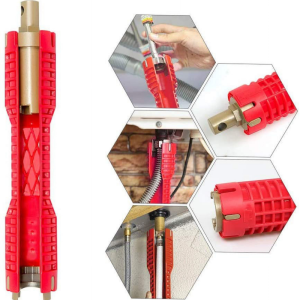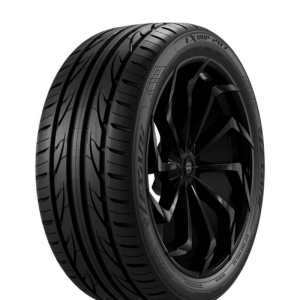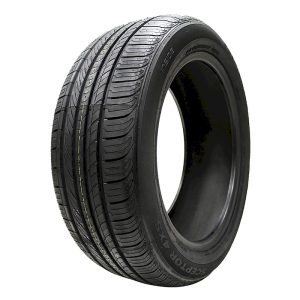
Removing motorcycle tires is a crucial skill for any rider. Whether you’re changing a flat, upgrading your tires, or performing routine maintenance, understanding the process can save you time and money. This guide will walk you through the steps to remove motorcycle tires safely and effectively, ensuring you’re equipped to handle your motorcycle’s needs.
Understanding the Basics of Motorcycle Tires
Before diving into the removal process, it’s important to grasp the structure and function of motorcycle tires. Tires play a pivotal role in your bike’s handling, performance, and safety. Understanding their components—like the tread, sidewall, and bead—will enhance your maintenance skills.
Types of Motorcycle Tires
Motorcycle tires come in various types, including:
- Sport Tires: Designed for performance and handling.
- Touring Tires: Built for comfort and longevity on long rides.
- Off-Road Tires: Tailored for traction in rough terrains.
Knowing your tire type is essential for removal and replacement.
Preparing for Tire Removal
Tools You’ll Need
To effectively remove motorcycle tires, gather the following tools:
- Tire lever or spoons
- A bead breaker
- A torque wrench
- Valve core tool
- Cleaning solution
- Safety goggles and gloves
Safety First
Always prioritize safety. Wear gloves to protect your hands and goggles to shield your eyes from debris. Ensure your motorcycle is stable, ideally on a maintenance stand, to avoid accidents during the process.
Step-by-Step Guide to Removing Motorcycle Tires
Step 1: Loosen the Wheel Nuts
Start by loosening the wheel nuts. Use a torque wrench to ensure you don’t apply too much force. If your motorcycle has a rear wheel with a chain, make sure to also loosen the axle nut and adjust the chain tension.

Step 2: Remove the Wheel from the Motorcycle
Lift the motorcycle using a maintenance stand or jack. Carefully remove the wheel by sliding it off the axle. Make sure to keep the spacers in place to avoid losing them.
Step 3: Deflate the Tire
Using the valve core tool, remove the valve core to deflate the tire completely. This step is crucial for safely breaking the bead.
Step 4: Break the Bead
Utilize a bead breaker to separate the tire from the rim. Apply steady pressure until you hear a pop, indicating the bead has released. Repeat this on both sides of the tire.
Step 5: Remove the Tire
Insert a tire lever between the tire and the rim. Gently pry the tire away from the rim. Work your way around the tire, using the lever to help guide it off. Be cautious to avoid damaging the rim.
Step 6: Clean the Rim
Once the tire is off, clean the rim thoroughly. Use a cleaning solution to remove dirt and debris. Inspect the rim for any signs of damage before installing a new tire.
Tips for a Successful Tire Removal
- Work Slowly: Rushing can lead to mistakes. Take your time with each step.
- Use Quality Tools: Investing in good tools can make the process smoother and safer.
- Consult Your Manual: Always refer to your motorcycle’s manual for specific instructions related to your model.
Installing New Tires
Step 1: Prepare the New Tire
Before installing, check the new tire for any defects. Ensure the tire is the correct size and type for your motorcycle.
Step 2: Lubricate the Bead
Applying tire lubricant around the bead of the new tire makes installation easier. This helps the tire slide onto the rim without excessive force.
Step 3: Mount the Tire
Begin mounting the tire by inserting one side onto the rim. Use the tire lever to help guide the other side onto the rim. Once both sides are in place, ensure the tire is seated properly.
Step 4: Inflate the Tire
Reinsert the valve core and inflate the tire to the recommended pressure. Check for leaks by listening for air escaping or applying soapy water to the bead.
Final Checks and Maintenance
Balancing the Tire
After installation, it’s crucial to balance the tire to ensure smooth riding. You can either use wheel weights or a balancing stand.
Regular Inspections
Regularly inspect your tires for wear and tear. Look for uneven tread wear, cracks, or punctures that could affect performance.
Additional Considerations When Removing Motorcycle Tires
Removing motorcycle tires isn’t just about the mechanics; understanding your bike’s specific requirements is key. Here are a few more insights to consider during the process.

Tire Pressure Monitoring
Before starting any tire removal, check your tire pressure. Maintaining proper tire pressure is crucial for safety and performance. When replacing tires, ensure that you follow the manufacturer’s specifications for pressure settings.
Seasonal Considerations
If you ride in varying weather conditions, consider using tires suited for your climate. For example, sport tires might be great in dry conditions, but if you frequently encounter wet or icy roads, a different tire type may be necessary.
Common Mistakes to Avoid
While learning how to remove motorcycle tires, it’s easy to make common errors. Here are some pitfalls to avoid:
Over-Tightening Wheel Nuts
Be careful not to over-tighten wheel nuts when reassembling. This can lead to damaged threads or even breakage. Always follow the torque specifications provided in your motorcycle manual.
Skipping Safety Gear
Never skip safety gear. Even if you feel confident in your skills, accidents can happen. Always wear gloves and eye protection during tire removal.
Ignoring the Rims
Many riders overlook the importance of inspecting the rim during tire removal. Damage to the rim can lead to poor tire performance and even blowouts. Always check for dents or cracks before installing a new tire.
Knowing When to Seek Professional Help
While DIY tire removal can be satisfying, there are times when it’s best to consult a professional. If you encounter any of the following issues, consider taking your motorcycle to a mechanic:
- Stubborn Tires: If the tire won’t budge despite your best efforts, a mechanic has the tools and experience to handle it.
- Rim Damage: If you notice any cracks or bends in the rim, it’s essential to get professional assistance to avoid further issues.
- Lack of Experience: If you’re uncomfortable with the process or unsure about the steps, it’s always better to seek help than risk damaging your motorcycle.
Importance of Proper Tire Disposal
Once you have successfully removed your old tires, don’t forget about disposal. Tires are not biodegradable and can harm the environment if not disposed of correctly. Many shops offer recycling services, or you can check with local waste management facilities for proper tire disposal options.
Enhancing Your Tire Maintenance Knowledge
Educating yourself about motorcycle tires doesn’t stop at removal. Consider expanding your knowledge through resources such as:

- Motorcycle Maintenance Workshops: Many communities offer workshops where you can learn hands-on skills from professionals.
- Online Tutorials and Videos: Platforms like YouTube have countless instructional videos that can provide visual guidance and tips.
- Motorcycle Forums: Join online forums where riders share their experiences and advice on tire maintenance and replacement.
Mastering Tire Removal: A DIY Guide
Removing motorcycle tires is a fundamental skill that every rider should possess. Not only does it save you money on professional labor, but it also allows you to inspect your tires for wear and tear, ensuring your motorcycle’s optimal performance and safety.
Essential Tools and Equipment:
Before embarking on tire removal, gather the following essential tools:
- Tire levers: These specialized tools are designed to pry the tire off the rim.
- Torque wrench: Used to properly tighten the lug nuts or bolts securing the wheel to the bike.
- Jack or lift: To elevate the motorcycle, providing access to the wheels.
- Wheel chocks: To prevent the motorcycle from moving while working on it.
- Lubricant: A water-based lubricant can help ease the tire removal process.
By following these guidelines and practicing proper techniques, you can confidently remove and install motorcycle tires, ensuring the safety and performance of your bike.
